昨天從一向品味甚高的大哥家搬回來一對揚聲器(俗稱音箱或音響喇叭),把家中的音樂品質大大升級了。
有時真的覺得自己很幸福,大哥住在家附近,又因為今年恰巧一起回家度暑假,聊到我最近聽了太多從台灣買回來的搖滾專輯,竟把從學生時代開始用了十幾年的音箱燒破了,大哥聽了,毫不猶豫的就把他省吃撿用省下錢買的 Spica TC-60送給我。真是大方的令我感動,不知該如何回報大哥一直以來對我的照顧。
一對揚聲器的學問有多大?我正拿了一堆CD's 準備再來操操我的放大器跟這對新玩具。 對於工作方面必須對類比系統仔細從新研究的我,先把stereophile的測試結果跟大家分享,改天再好好來分享我的心得。大家不妨先猜猜看我會從哪些CD's開始試聽?
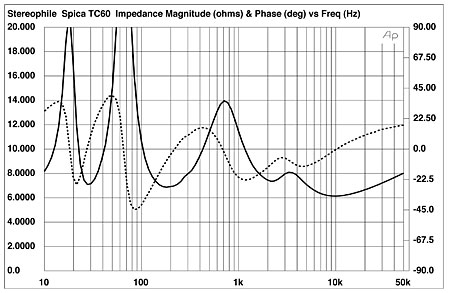
Fig.1 Spica TC-60, electrical impedance (solid) and phase (dashed) (2 ohms/vertical div.).

Fig.2 Spica TC-60, acoustic crossover on listening axis at 50" corrected for microphone response, with nearfield woofer and port responses below 300Hz and 600Hz, respectively.
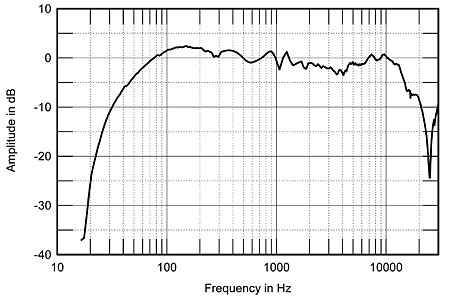
Fig.3 Spica TC-60, anechoic response on listening axis at 50" averaged across 30° horizontal window and corrected for microphone response, with complex sum of nearfield woofer and port responses below 300Hz.
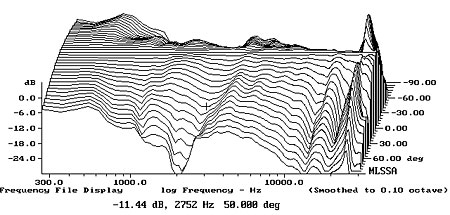
Fig.4 Spica TC-60, horizontal response family at 50", normalized to response on listening axis, from back to front: differences in response 90°–5° off-axis on other side of baffle; reference response; differences in response 5°–90° off-axis on tweeter side of baffle.
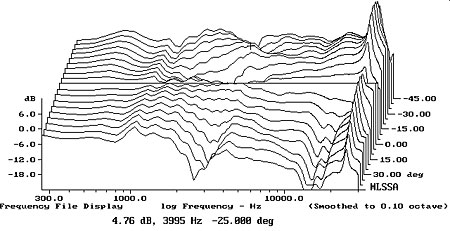
Fig.5 Spica TC-60, vertical response family at 50", normalized to response on tweeter axis, from back to front: differences in response 45°–5° above reference axis; reference response; differences in response 5°–90° below reference axis.
BORDER=0>
Fig.6 Spica TC-60, spatially averaged 1/3-octave response in JA's listening room.
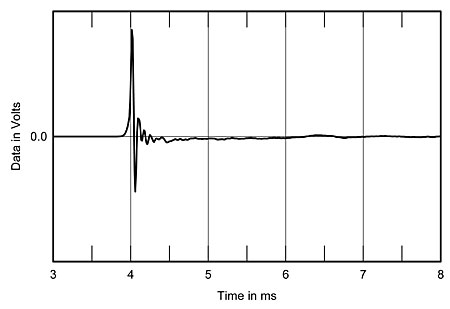
Fig.7 Spica TC-60, impulse response on tweeter axis at 50" (5ms time window, 30kHz bandwidth).

Fig.8 Spica TC-60, step response on tweeter axis at 50" (5ms time window, 30kHz bandwidth).

Fig.9 Spica TC-60, excess phase on tweeter axis at 50" (0.147ms delay).

Fig.10 Spica TC-60, cumulative spectral-decay plot at 50" (0.01ms risetime).

Fig.11 Spica TC-60, cumulative spectral-decay plot of accelerometer output fastened to center of enclosure back panel. (MLS driving voltage to speaker, 7.55V; measurement bandwidth 2kHz.)
PS: All figures are quoted from http://www.stereophile.com/


 字體:小 中 大
字體:小 中 大


















